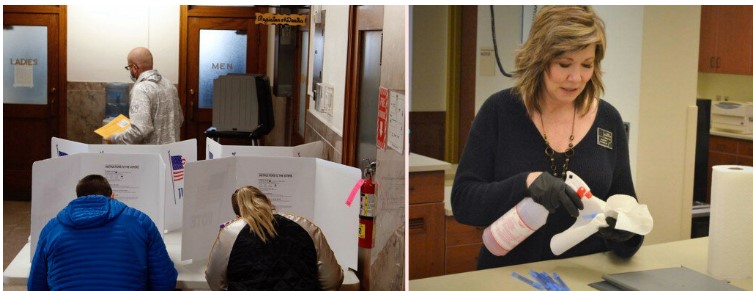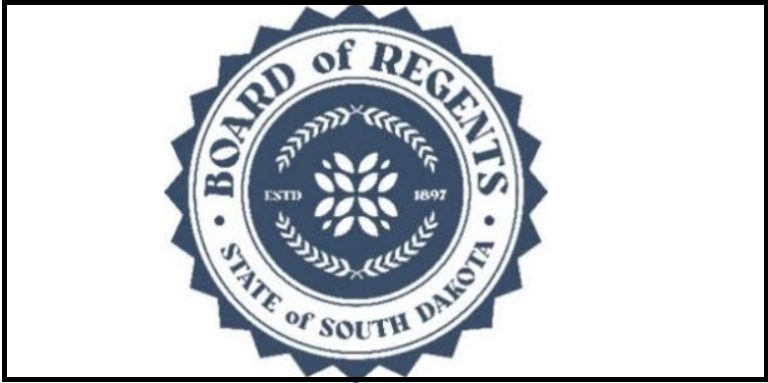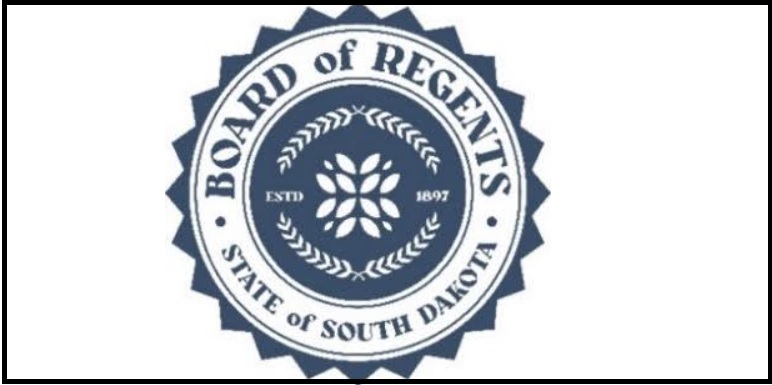SIOUX FALLS, SD — A group pushing for hand counting of all ballots during elections is making another attempt to get a measure before voters. They are circulating petitions in several South Dakota counties, including McPherson County.
The group called South Dakota Canvassing wants to ban electronic voting and tabulating machines and force county auditors to hand count paper ballots only.
During a regular commission meeting on April 2, 2024, and following a 90 minute executive session to discuss potential lawsuits as it relates to a petition to ban electronic voting machines from elections and use hand count of ballots, McPherson County Commissioners rejected the petition.
At an earlier meeting in February, the commission did decide to conduct an audit of 100% of all votes in the primary election. The audit would be a hand count of ballots.
Supporters of the petitions fear tabulating machines can be hacked, something they brought up during public testimony before Lawrence County Commissioners on March 12th in Deadwood. Lawrence County Commissioners rejected the petition because it would violate current law.
During the Lawrence County meeting, there was also public comment supporting the current election system as well as the competency and honesty of South Dakota’s county auditors.
County auditors say the machines are not connected to the internet, and in fact, state law prohibits that. According to the South Dakota Secretary of State’s website, “No automatic tabulating or electronic ballot marking devices may be connected to the internet. Furthermore, the tabulation machines used in South Dakota counties do not contain modems and are incapable of being connected to the internet.”
A major issue with the process of hand-counting is the unreliable nature of a person’s ability to count.
A recent report from the National Association of Counties (NACo) looked at the case of Mohave County, Arizona, which conducted a feasibility study on hand-counting in 2023.
That study found the humans involved — a seven-person team consisting of one person to call the vote, two (one for each party) to confirm that vote, another two people marking separate tally sheets, and at least one person validating those marks — both unreliable and slow.











